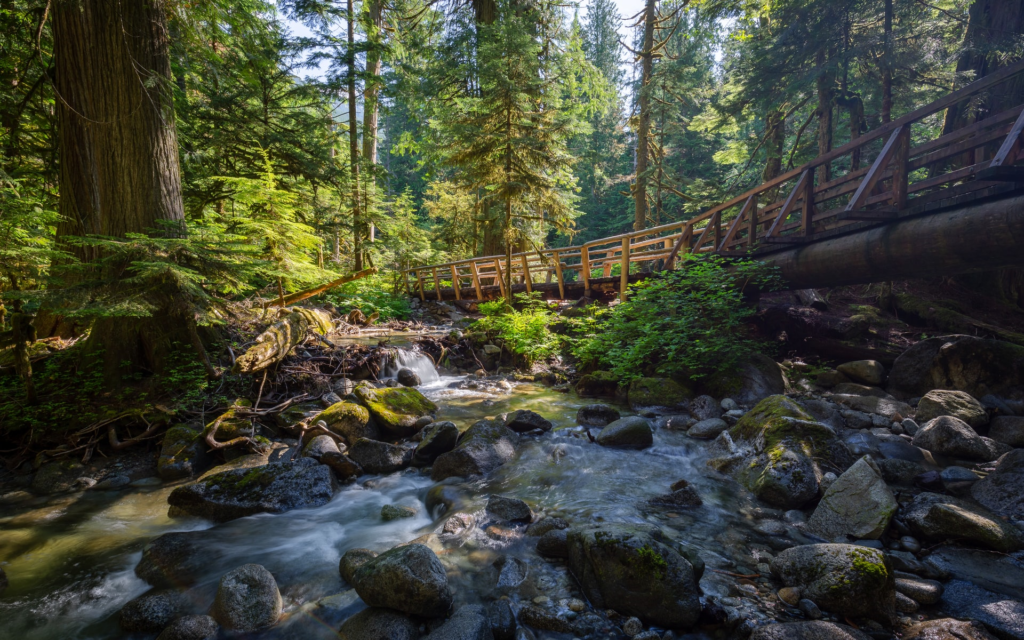(par 4.2.4.1) Clams, Mussels Clean up Ocean Pollutants

http://www.natureworldnews.com/articles/8682/20140822/clams-mussels-clean-up-ocean-pollutants.htm By Jenna Iacurci Aug 22, 2014 05:32 PM EDT They may not have brooms, mops or even arms, but bivalves – such as clams, mussels and oysters – make good underwater maids, a new study suggests. (Photo : Pixabay) They may not have brooms, mops or even arms, but bivalves – such as clams, […]
(par 4.2.4 ) Types of Riparian Areas – Is it Lentic or Lotic?

http://articles.extension.org/pages/62491/types-of-riparian-areas-is-it-lentic-or-lotic Written by Mindy Pratt, Utah State University Lentic or Lotic? The water of riparian areas makes them different from the adjacent terrestrial uplands. Water bodies can be natural such as streams, rivers, or lakes, or they can be man-made such as ditches, canals, ponds, or reservoirs. When riparian areas are part of a system […]
(par 4.2.4 ) Lentic and Lotic Aquatic Systems

http://www.preservearticles.com/2012021623375/complete-information-on-lentic-and-lotic-aquatic-systems.html Based on the presence or absence of flow in its water two main types of aquatic bodies can be distinguished. These are: (A) Lentic aquatic system. (B) Lotic aquatic system. A Lentic Aquatic Systems: Lentic aquatic systems are those which contain stagnant waters. These are usually formed in small or large depressions on earth’s […]
